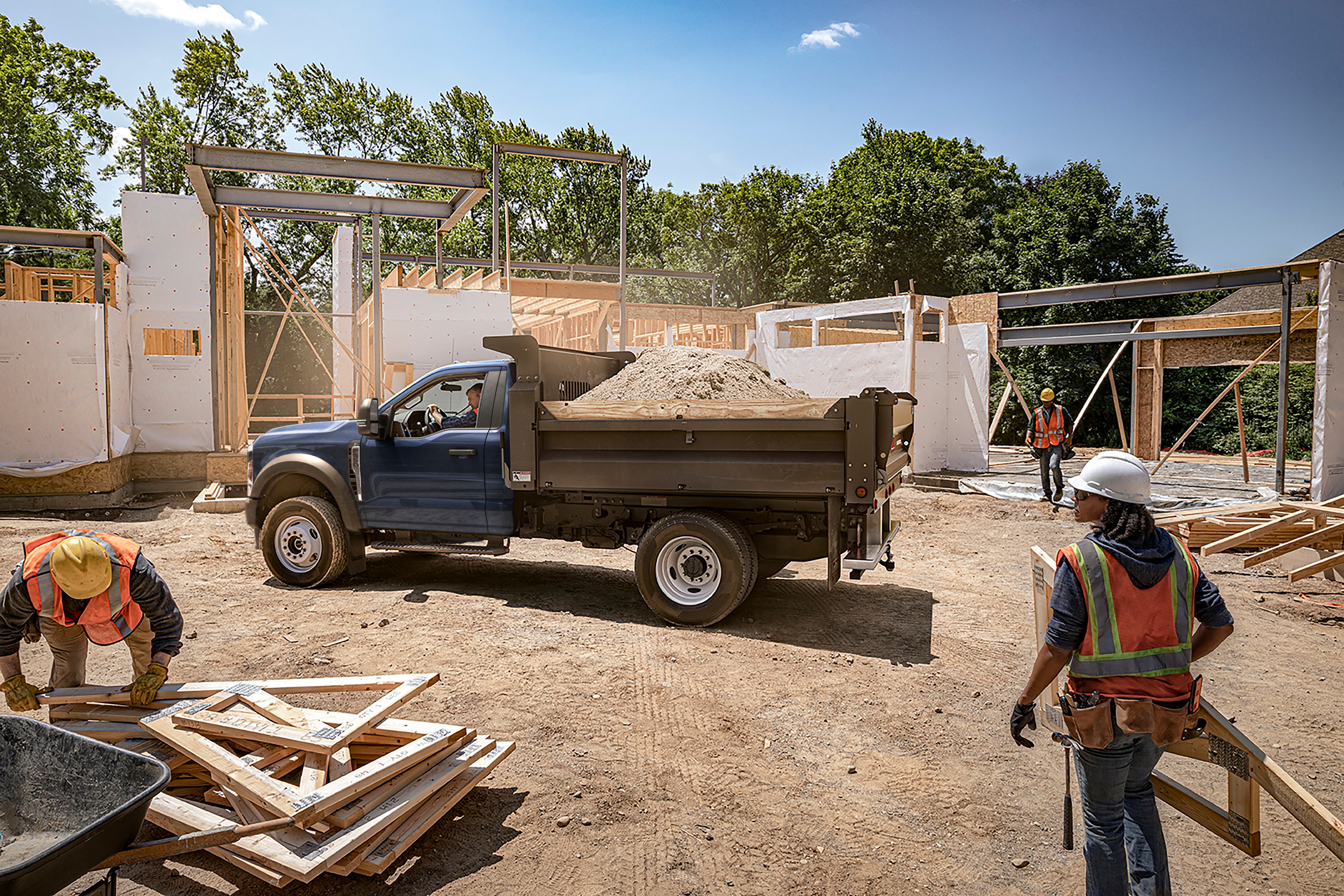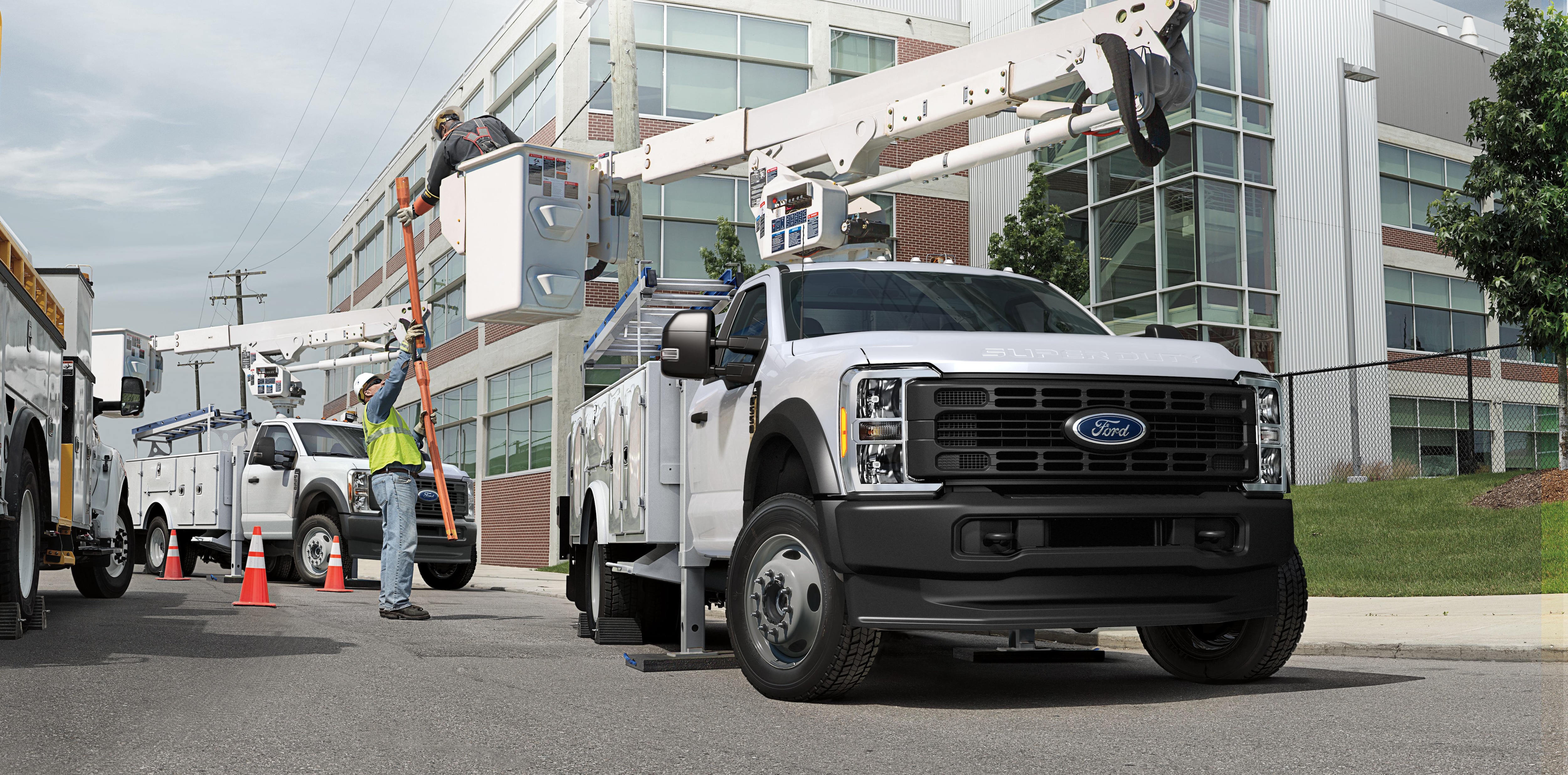
A New Agenda to Power America’s Essential Economy



As Ford CEO Jim Farley put it at the Aspen Ideas Festival in June 2025: “The Essential Economy is in a world of hurt.”
The $12 billion sector, which Farley defined as including “everything that gets built or moved or fixed,” involves 95 million U.S. jobs, 3 million businesses and drives more than a third of the total U.S. GDP. “It’s really the backbone of our society,” Farley said. “But not everyone notices it until it doesn't work.”
Businesses and policymakers are noticing now, thanks to significant labor shortages and declining productivity in Essential Economy industries due to the growth of artificial intelligence and robotics, increasing regulatory hurdles, and other factors. Meanwhile, some fast-growing newer industries — think AI companies and EV battery plants — are also actively seeking electricians, welders, HVAC installers, and other skilled workers, with the U.S. Bureau of Labor Statistics projecting that demand will continue to grow.


To understand how the Essential Economy reached this point — and what’s needed to address it — we spoke with Rachel Lipson, a research fellow at the Harvard Kennedy School and co-founder of the Harvard Project on Workforce. Lipson, whose research focuses on emerging jobs that don’t require four-year college degrees, will moderate “A New Workforce Blueprint: Scaling Skills, Driving Productivity” at the upcoming Ford Pro Accelerate Conference in Detroit, where she will outline the case for a new workforce model. She’s also written an Aspen Institute research paper describing an innovative R&D-inspired approach to workforce development.
Here, she discusses the Essential Economy’s labor and productivity challenges and outlines what’s needed to make that new training approach a reality. The conversation has been condensed and edited for clarity.

Lipson: It’s not that we don’t have the people out there who could do the jobs. It’s that they aren't necessarily able to connect to the jobs due to lack of awareness, lack of necessary skills and training, or the lack of connections between education and training programs and the jobs on the other side. Historically, we’ve underinvested in pathways outside the higher-education system. We had multiple decades of a cultural focus on “college for all” and a perception that trade jobs were dirty or dangerous or your grandfather’s type of job. Today, these roles are dealing with some of the most complex and high-frontier technologies in the world.
If the U.S. is going to have technological leadership in key industries, it's all going to rely on a foundation of having people who can build new facilities and technologies, operate and maintain them, and upgrade and modernize them over time.
If we don’t have people across the pipeline who can do that, none of our biggest aspirations will be possible. It’s important to connect productivity growth that unlocks prosperity for everyone in the economy to workforce training for the key roles and sectors that are critical to that growth.
The U.S. is second to the last in all of the OECD [Organization for Economic Cooperation and Development]. The only country that's behind us is Mexico. So in comparative terms, we spend very little on job training. In addition, the U.S. adoption of apprenticeships — paid opportunities to work and learn at the same time, with a clear career pathway — is way lower than almost all of our peer countries in OECD, and the public investment in those kinds of models is also far lower.

At the highest level, we’d see a lot more investment like what we’ve seen in R&D, where the U.S. is the global leader. But it’s not just government money that’s gone into R&D. The government has served as a catalyst and, these days, the private money far exceeds the public investment.
So if we apply that to workforce development, if we use public funds to kickstart things, we'll see more companies coming in with their own dollars to help develop the human-capital base. We'll have more opportunities that are accessible to anyone interested, regardless of the number of degrees or credentials they have.
If there are clear opportunities that will lead to good-paying jobs, we'll see more participation in the labor force overall. That really matters for the U.S.’s role in the world, in the global competition with China. If we're going to keep up or win in some of these key industries, human-capital strategy absolutely has to be part of that.
“If the U.S. fails to make complementary investments in skills and learning to leverage new technologies, it will ... ultimately slow the nation’s productivity gains.”Rachel Lipson, “America’s Missing Productivity Strategy: An R&D Approach to Workforce Development,” Aspen Institute
We're going to need some political will in terms of both dollars and focus at the federal level, state, and local levels. We're going to need the education system to modernize and adapt to where the economy is today, not what it was built for 100 years ago. We're going to need partnerships with companies that can think differently about their role in this, helping build a system where more people can get access to learning and advancement on the job. And we’re going to need innovators who can build new models, not just rely on what we've done in the past.
But I have a sense of optimism. There's a big opportunity at hand, and this is something real we can do to help more people realize it.
We’re going to see jobs that don't require a Ph.D. [or other traditional degree]. We just need to connect the system and make work better so that our youth and workforce can get from Point A to Point B on one of these good career pathways — or if you're already on one and your skills need to change, help you figure out how to acquire them.
Anne J. Stuart is a Massachusetts-based business journalist whose first car was a refurbished 1970 Ford Falcon.